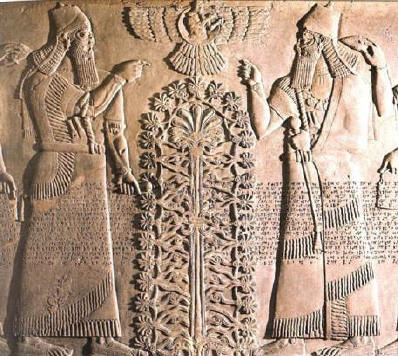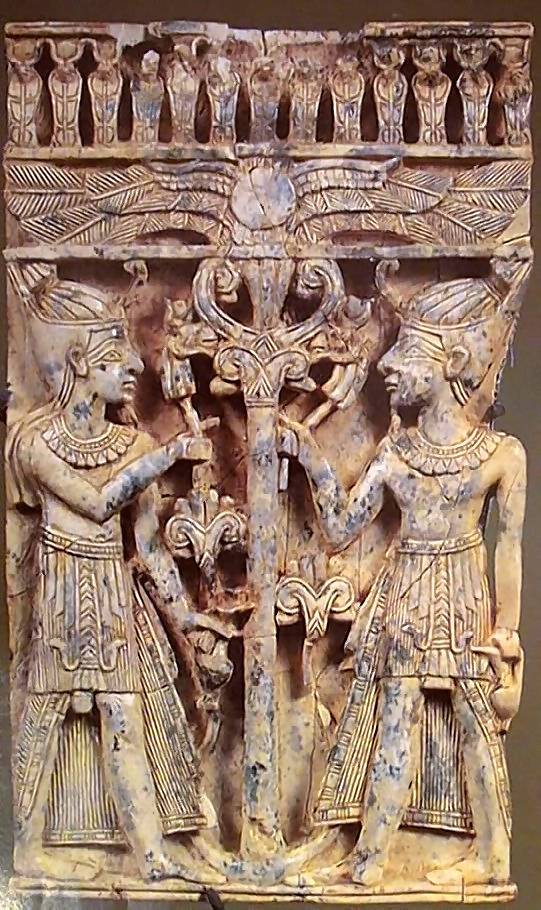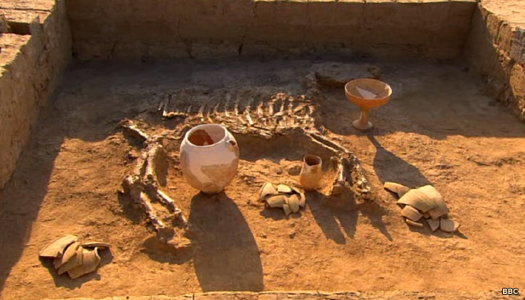|
|
Post by jamyangnorbu on May 17, 2010 15:45:39 GMT 3
Human sacrifices  OMT I wouldn't take Byzantine accounts so accurately, balance up those 'historical sources' with the preserved practises of Siberian Mongolic or Turkic tribes and in the end you really wonder why propaganda and politics always enter history. The problem with this approach is that many of these practices and oral lineages change frequently based on their contact with surrounding cultures and religions. Mongol, Buryat and Tuvan shamanism all currently exhibit strong tantric Buddhist influence. |
|
|
|
Post by hjernespiser on May 17, 2010 20:24:04 GMT 3
I know the answer to the question A or B! Please tell us  Also check Oden and Nomad Human Soul pictures two posts above! Hint: It has something to do with this...      As Bor Chono wrote, everyone knows this!  |
|
|
|
Post by Subu'atai on May 17, 2010 20:46:32 GMT 3
I wouldn't take Byzantine accounts so accurately, balance up those 'historical sources' with the preserved practises of Siberian Mongolic or Turkic tribes and in the end you really wonder why propaganda and politics always enter history. The problem with this approach is that many of these practices and oral lineages change frequently based on their contact with surrounding cultures and religions. Mongol, Buryat and Tuvan shamanism all currently exhibit strong tantric Buddhist influence. It is quite debatable actually. It's also known of differences between Turkic and Mongolic Tengriism. My field is not in Tengriist history however, I didn't even start praying until a friend of mine was in dire need and I couldn't help her. LOL! But I've also studied a bit about other faiths in my youth (before steppe history) and also learned of "human sacrifices" by Druids -> which was most likely propaganda by Julius Caesar who never witnessed it himself. But it can swing both ways, nothing is really clear. So I'm always suspicious. |
|
|
|
Post by H. İhsan Erkoç on May 18, 2010 13:14:29 GMT 3
Here is a passage from the SHoM, §201, regarding Jamuqa's speech to Temüjin before Jamuqa's execution (I use Igor de Rachewiltz's English translation):
|
|
|
|
Post by Subu'atai on May 21, 2010 19:30:28 GMT 3
It has always been a beautiful and honorable execution in accordance to Anda for me, not "human sacrifice". But I guess, when I hear the words "human sacrifice" I guess I tend to think of Aztecs lol! xD
|
|
|
|
Post by H. İhsan Erkoç on May 22, 2010 1:02:26 GMT 3
Hmm actually that's a common deception I have encountered quite often. The human sacrifices we see among the steppe nomads were usually made to the ancestors or dead people or people that would be dead later, so that the sacrificed person would serve to the dead person in the afterlife. That's why horses were sacrificed too. However, human sacrifices to other sacred beings, especially to Tengri, isn't something practiced as far as I saw, and that makes steppe huıman sacrifices different from others, who, like the Aztecs, used to sacrifice thousands after thousands of people for their chief gods, whereas steppe nomads were contempt with a few prisoners for the nobility and ruler class.
|
|
|
|
Post by Subu'atai on May 22, 2010 12:28:41 GMT 3
Aye! Thats why I don't like the term "human sacrifice"! Gives the wrong impression for the uneducated majority! Prefer the term "Hononary executions!" But meh, can't think of other ways to play around with the English language however heh.
Also, the upper world Tengriists do not believe we are able to reach. In the middle world where we are, we pass on the under world in death, Jamucka's execution was not made to honor Tengri unlike Aztecs for their own Gods for this reason. But the fact is the world will not be able to differentiate the belief from Aztecs if the term "human sacrifice" is used.
Just saying... >.<!
|
|
|
|
Post by H. İhsan Erkoç on May 23, 2010 13:50:07 GMT 3
You're right as well, because whenever I talked about these prisoner executions to some professors, they all went "no no there were no human sacrifices among the Turks" ;D
|
|
|
|
Post by Subu'atai on May 23, 2010 15:04:15 GMT 3
Its just how it is lol! You need to use "correct" terms  |
|
|
|
Post by H. İhsan Erkoç on May 24, 2010 12:14:39 GMT 3
Hehehe, too bad I'm too honest and naïve ;D ;D
|
|
|
|
Post by ancalimon on May 28, 2010 3:51:43 GMT 3
|
|
|
|
Post by H. İhsan Erkoç on May 28, 2010 12:18:29 GMT 3
Nice. Looks like it's from a show or something.
|
|
|
|
Post by ancalimon on Nov 29, 2010 4:21:13 GMT 3
|
|
|
|
Post by sarmat on Nov 30, 2010 18:34:16 GMT 3
acording to this article: www.historyfiles.co.uk/KingListsFarEast/AsiaIndoEuropeans.htm This king's tomb in the Indo-European settlement in the Karakum (modern Turkmenistan) contains a valuable horse to accompany him into the afterlife does this mean these Indo-Europeans were Tengriist? Or am I missing something? Hmmm... Why this conclusion? Putting horse in the tomb was common for many ancient people. But what is true is that the description of Scythian (who are supposed to be Indoeuropean(?)) and Turkic customs and religious practices like burning horses for sacrifice, etc. looks almost identical. I talked about that in another thread. |
|
|
|
Post by ancalimon on Dec 2, 2010 4:01:27 GMT 3
acording to this article: www.historyfiles.co.uk/KingListsFarEast/AsiaIndoEuropeans.htm This king's tomb in the Indo-European settlement in the Karakum (modern Turkmenistan) contains a valuable horse to accompany him into the afterlife does this mean these Indo-Europeans were Tengriist? Or am I missing something? Hmmm... Why this conclusion? Putting horse in the tomb was common for many ancient people. But what is true is that the description of Scythian (who are supposed to be Indoeuropean(?)) and Turkic customs and religious practices like burning horses for sacrifice, etc. looks almost identical. I talked about that in another thread. I don't know... Do you think it's something like a very rich person being buried with his Ferrari car? Do you think it was not related to Tengrism and that guy simply wanted to look cool when he died? |
|